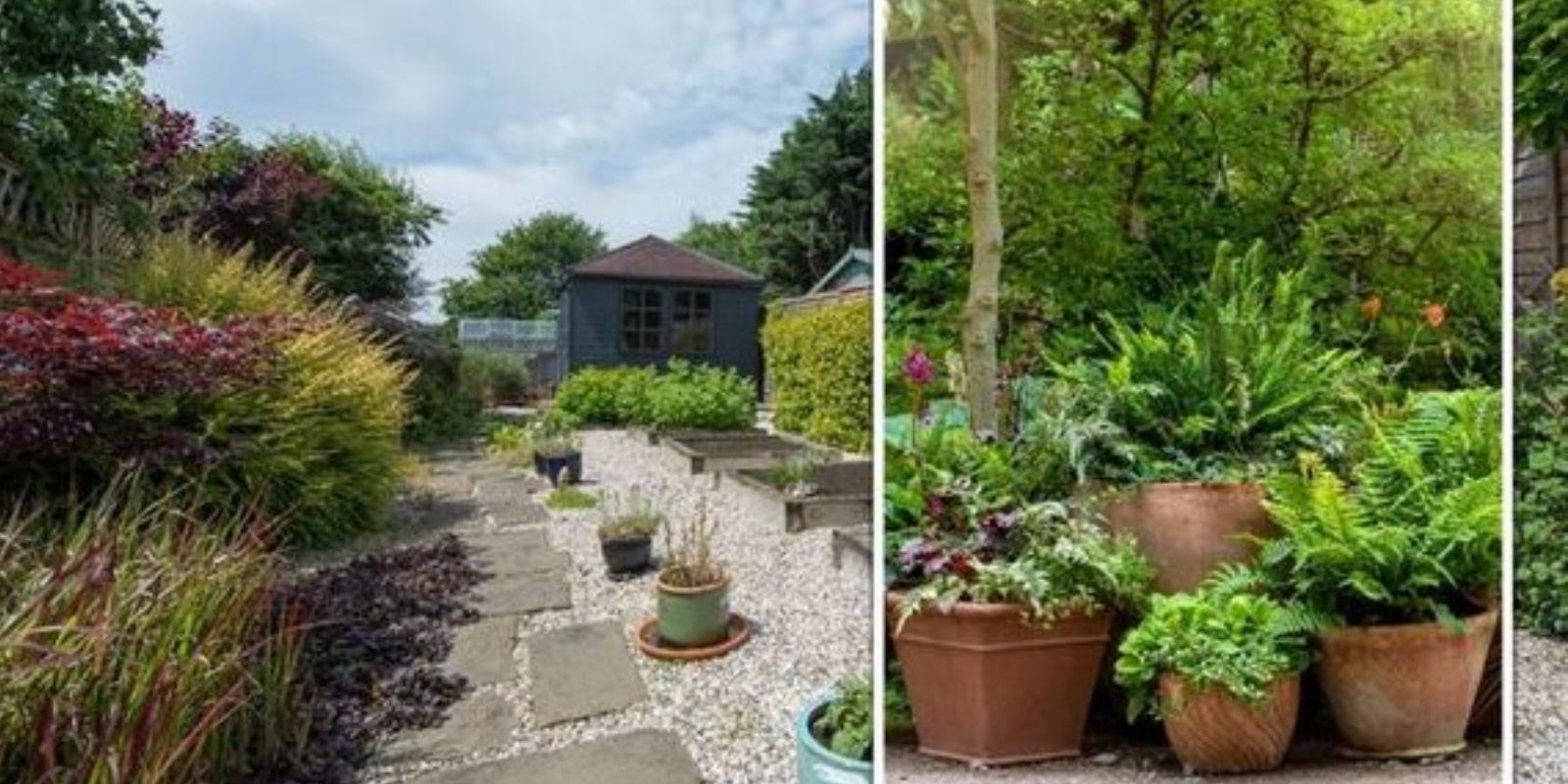Creating a beautiful garden doesn’t have to be synonymous with constant upkeep. The secret to a stunning and effortless garden lies in strategic planning, selecting the right plants, and employing smart gardening techniques. This guide will explore how to achieve a gorgeous, low-maintenance garden that thrives with minimal effort.
1. Understanding Low-Maintenance Gardening
A. What Is a Low-Maintenance Garden?
A low-maintenance garden is designed to require less frequent attention and care while still being visually appealing. It focuses on simplicity, efficiency, and choosing elements that naturally support themselves with minimal intervention.
B. Benefits of a Low-Maintenance Garden
- Time-Saving: Reduces the amount of time spent on garden chores.
- Cost-Effective: Lowers expenses related to maintenance and replacement of plants.
- Sustainable: Promotes eco-friendly practices that support local wildlife and reduce water usage.
2. Choosing the Right Plants
A. Opt for Low-Maintenance Varieties
- Hardy Plants: Select plants that are well-suited to your local climate. Hardy varieties like lavender, sedum, and ornamental grasses are known for their resilience and low care requirements.
- Native Plants: Native plants are adapted to your region’s soil and climate, making them easier to grow and maintain. They typically require less water and are more resistant to local pests and diseases.
B. Consider Drought-Tolerant Plants
- Succulents and Cacti: These plants thrive in dry conditions and require minimal watering.
- Perennials: Many perennials, such as coneflowers and daylilies, are drought-tolerant and return year after year.
3. Designing for Efficiency
A. Group Plants by Needs
- Water Requirements: Plant species with similar water needs together to simplify watering.
- Sunlight Exposure: Arrange plants based on their light requirements to optimize growth and reduce the need for shade adjustments.
B. Create Defined Areas
- Paths and Borders: Use pathways and garden borders to separate different areas, making it easier to access and maintain each section.
- Functional Zones: Designate specific areas for different functions, such as a low-maintenance flower bed or a vegetable patch.
4. Implementing Efficient Watering Techniques
A. Install Drip Irrigation
- Direct Watering: A drip irrigation system delivers water directly to the plant roots, minimizing waste and ensuring plants receive consistent moisture.
- Timer Control: Use a timer to automate watering schedules, reducing the need for manual intervention.
B. Use Mulch
- Mulch Benefits: Applying mulch helps retain soil moisture, regulate soil temperature, and suppress weeds.
- Types of Mulch: Choose organic mulches like wood chips or straw, which decompose over time and add nutrients to the soil.
5. Optimizing Soil Health
A. Add Organic Matter
- Composting: Incorporate compost into your soil to improve its structure and fertility. Compost enhances nutrient availability and supports healthy plant growth.
- Soil Amendments: Use natural soil amendments like bone meal or blood meal to boost soil nutrients without synthetic fertilizers.
B. Maintain Healthy Soil
- Avoid Over-Tilling: Minimize soil disturbance to protect beneficial microorganisms and maintain soil structure.
- Regular Testing: Test soil pH and nutrient levels periodically to ensure optimal conditions for plant health.
6. Simplified Maintenance Practices
A. Minimal Pruning
- Select Self-Cleaning Plants: Choose plants that drop their own spent flowers or require minimal deadheading, such as black-eyed Susans and coreopsis.
- Easy Pruning Techniques: Focus on simple pruning techniques that promote plant health without extensive effort.
B. Regular Monitoring
- Inspect for Issues: Regularly check for pests, diseases, and other issues to address them promptly.
- Adjust Care as Needed: Make adjustments to watering, mulching, and other care routines based on plant performance and environmental changes.
7. Additional Tips for a Low-Maintenance Garden
A. Use Ground Covers
- Weed Suppression: Plant ground covers like creeping thyme or clover to suppress weeds and reduce the need for manual weeding.
- Soil Erosion Control: Ground covers help prevent soil erosion and retain soil moisture.
B. Incorporate Hardscaping
- Patios and Decks: Add patios, decks, or stone pathways to reduce lawn areas and simplify garden maintenance.
- Raised Beds: Use raised garden beds to make planting and harvesting easier and reduce soil compaction.
C. Consider Low-Maintenance Garden Features
- Water Features: Choose low-maintenance water features like self-cleaning fountains or small ponds with minimal upkeep.
- Garden Furniture: Select weather-resistant garden furniture to reduce the need for frequent cleaning and maintenance.
Conclusion
Achieving a beautiful, low-maintenance garden is entirely possible with thoughtful planning and the right approach. By choosing hardy, low-care plants, optimizing your garden design, and implementing efficient watering and soil practices, you can enjoy a stunning garden that requires minimal effort. Start applying these strategies today and transform your garden into an easy-to-maintain paradise.
Motivation:
Turn your gardening dreams into reality with a low-maintenance garden that shines with minimal effort! Share your garden successes and inspire others to create their own effortless green spaces.
Hashtags:

